 http://www.janesoceania.com/australia_aboriginal_mythology1/index1.htm
Aboriginal culture dictionary.
Some "white"families in Australia will never admit to having Aboriginal relations in the past. My branch of the Williams Family believed my Grandmother Lucy Williams (nee Pike) (pictured) is part Aboriginal. Another close branch says it is certainly not true. (??) Another branch may deny they are part Jewish, I guess it doesn't matter anyway. We are all human.* video of police harassment
http://www.youtube.com/watch?v=fhAXroi7HZw&eurl=http://vodpod.com/watch/1126748-last-night-on-abc1-%E2%80%94-%E2%80%9Cthe-intevention%E2%80%9D-and-%E2%8
http://www.janesoceania.com/australia_aboriginal_mythology1/index1.htm
Aboriginal culture dictionary.
Some "white"families in Australia will never admit to having Aboriginal relations in the past. My branch of the Williams Family believed my Grandmother Lucy Williams (nee Pike) (pictured) is part Aboriginal. Another close branch says it is certainly not true. (??) Another branch may deny they are part Jewish, I guess it doesn't matter anyway. We are all human.* video of police harassment
http://www.youtube.com/watch?v=fhAXroi7HZw&eurl=http://vodpod.com/watch/1126748-last-night-on-abc1-%E2%80%94-%E2%80%9Cthe-intevention%E2%80%9D-and-%E2%8
 Myall Creek is the site of the Myall Creek Massacre – a tragic but historically important event in Australian history. It is also an event that to this day holds great importance for the hopes of building a better future between black and white Australia.
Myall Creek is the site of the Myall Creek Massacre – a tragic but historically important event in Australian history. It is also an event that to this day holds great importance for the hopes of building a better future between black and white Australia. In May of 1838, a group of around 40 Aboriginal people (the Kamilaroi) set up camp on landowner Henry Danger’s Myall Creek Station. Around the same time a group of white stockman and squatters who were seeking revenge for the loss of some cattle made their way to the Aboriginal camp.
Although the Aboriginal campers had no involvement with the attacks on the livestock, a cold-blooded massacre ensued. Twenty-eight Aboriginal men, women and children were murdered.
The brutality of the stockmen was horrendous. Children were decapitated and bodies were hacked to pieces. Finally all the bodies were heaped onto a fire and burnt.
In America they were just as brutal:
* In 1652 the governor of Virginia passed a law giving a bounty for every Indian killed, but wanted kids under 12 kept alive to be sold as slaves, and apparently this was the beginnings of the migrations of the Costal tribes to what is present day West Virginia and Kentucky. There members of the Coastal tribes fled for their lives, and ran into the Cherokees and other inland tribes such as Miama and Shawnee and others. They were content there for 100 years until the encroaching white settlement sent the army to obliterate them.
Indigenous Australians and the Snowy The Snowy River and its hinterland have sustained humans for thousands of years. Before European colonists went to the region in the early 19th century, the Indigenous Ngarigo, Walgalu and Southern Ngunnawal people lived and interacted in the region. They fished in its waters and hunted game in the surrounding countryside. Around Jindabyne, the river rocks were used extensively for tool making. Men and women had separate sacred water holes for purification ceremonies. In the warmer months people would travel to the high country to feast on bogong moths.
The Stolen Generations in the arts
Archie Roach, an Aboriginal song writer and artist, wrote "Took The Children Away", a song that is featured on his 1990 debut album "Charcoal Lane":

... Took us away Yeah took us away Grabbed from our mother's breast Said this is for the best Took us away. Told us what to do and say Taught us all these are white man's ways But then they split us up again Gave us gifts to ease the pain Sent us off to foster homes And as we grew up oh we felt alone Cause we were acting white And feeling black ...
| This photograph taken by Charles Kerry around 1890 shows Boona, a Ngarigo woman from the Monaro region which surrounded the Snowy River. She was referred to as a Queen of the Manero by whites. Although the title did not accurately reflect Aboriginal tribal hierarchies, it may well have indicated that she held a significant place within her tribal group. |  |


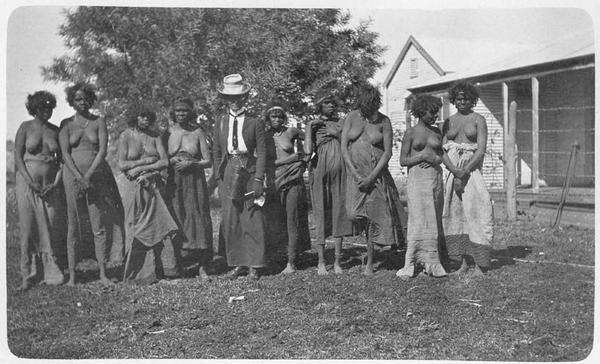



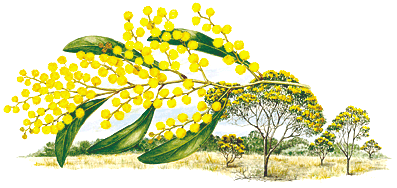


+copy.jpg)










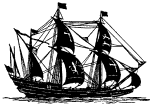





















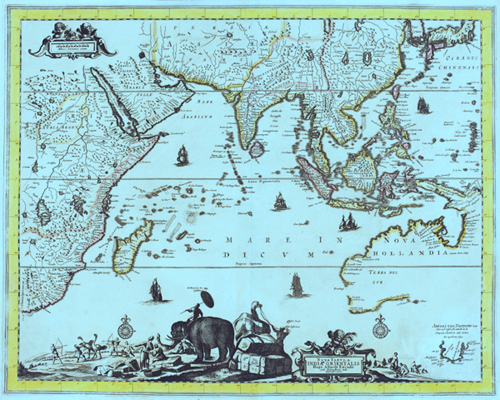

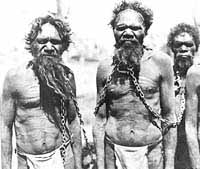
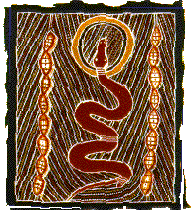


















.jpg)






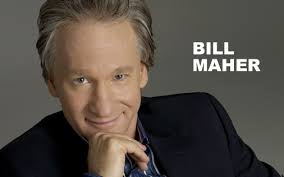



















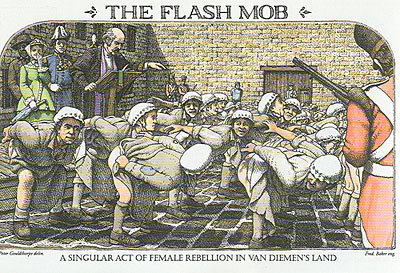
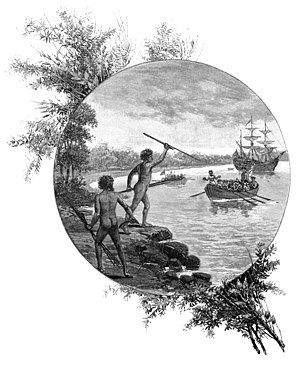 G
G







.jpg)
















No comments:
Post a Comment